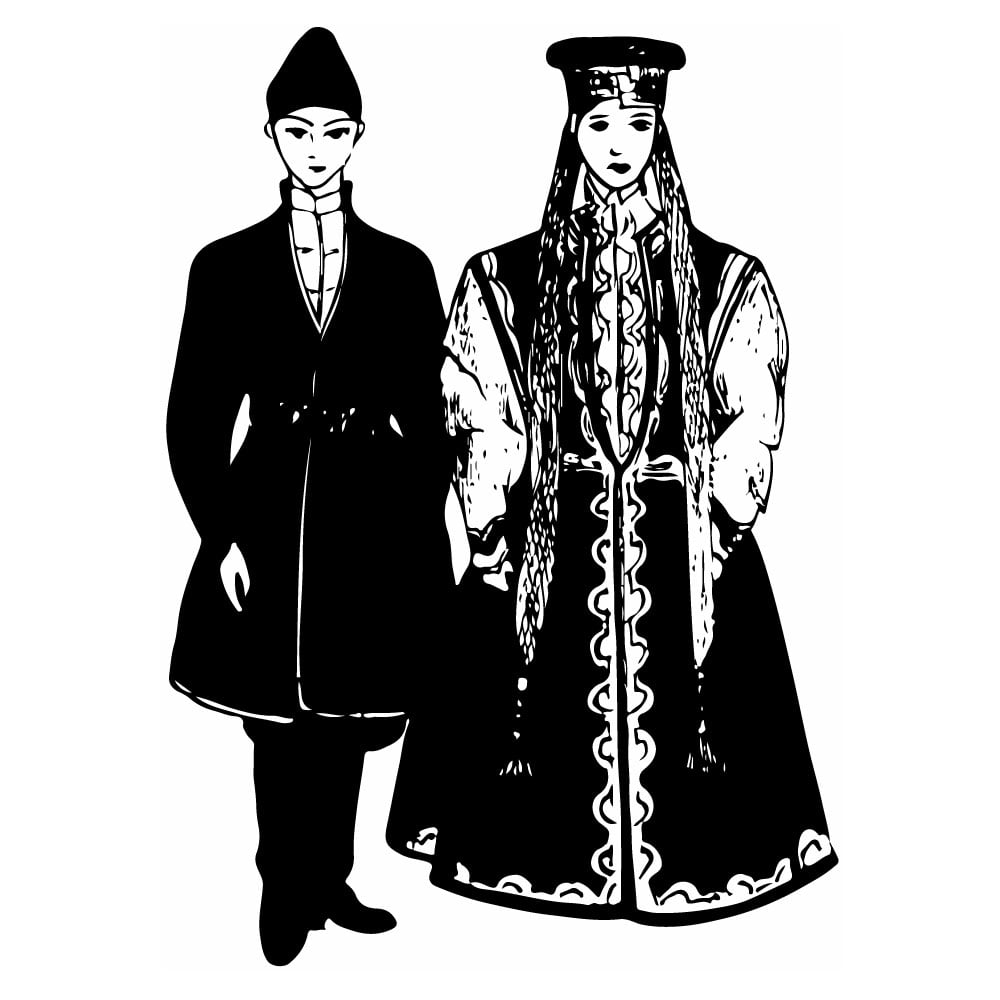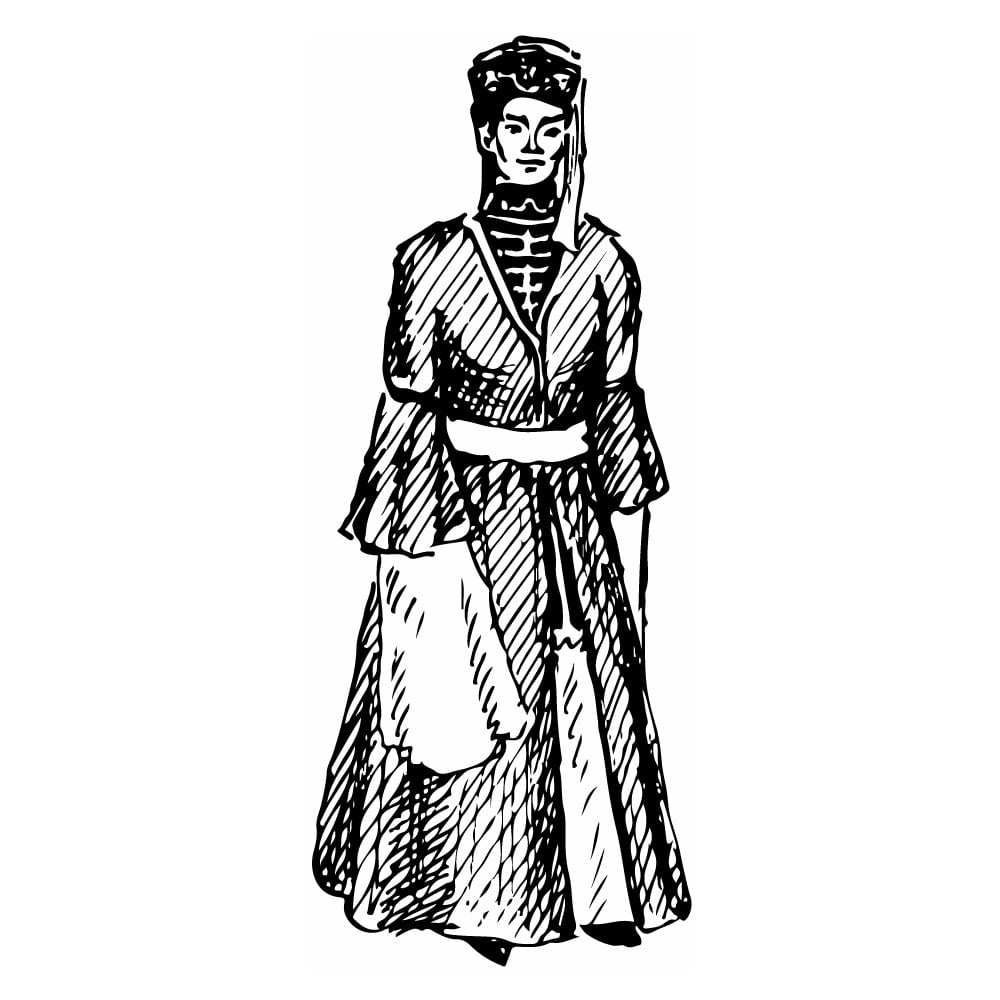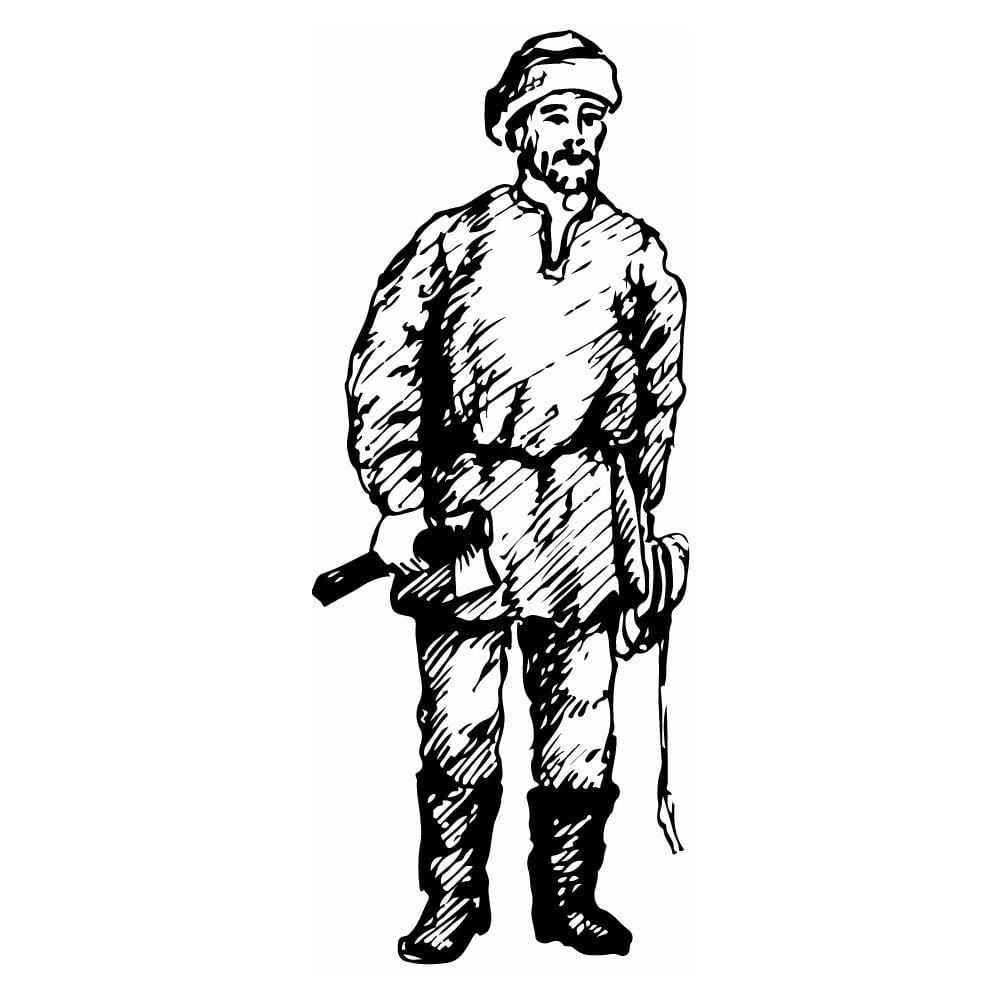Lapps (Saami)
| Population | 1,800 |
| Language group | Finno-Volga branch of the Finno-Ugric languages |
| Language | Lapp-Saami |
| Region | Kola Peninsula |
| Religion | Christianity |
*Population estimates for 1994
The Kola Peninsula (Murmansk region) is inhabited by a small (about 1,800 citizens) but ancient people: the Saami (Lapps or Loplanyuts).
Besides the Kola Peninsula the Saami live in the northern parts of Norway, Sweden and Finland.
The Saami is the northernmost people of Europe. They call themselves “Saam” or “Sam.”
Lapps was probably the name given to these people by the neighboring Finns and Scandinavians. Later on it was picked up by Russians. For the first time the name “Lapps” is mentioned by the end of the twelfth century. Russian chronicles recorded the word “Lop” already in the thirteenth century.
The question of Saami ethnogenesis has not been answered yet. Many of the investigators tend to believe that they originated in the East. It is interesting to know that the word “samoyed” when translated into the Lapps language (“same” means “a unit, one”) means “the land of the Saams.”
Previously the Saami inhabited far more spacious territories to the south of their present lands, such as the Karelian Autonomous Republic, Finland, and Scandinavia.
Records about the Lapps of the Kola Peninsula were made by a Scandinavian traveler whose name was Ottar. He visited the banks of the White Sea and called the Lapps living there as Finns.
In the fifteenth century Lapland became dependent on Moscow. Since that time Russians started to convert the Lapps population into Christianity.
The Lapps have developed their own way of running their local economy: the so-called complex deer-breeding, fish and hunting industry.
Deer-breeding played an important role in the life of Lapps. It provided them with meat for food, skins for bed, clothes and house. Deer were also used for transportation purposes.
Deer-breeding and fishing are still the traditional occupation of the Lapps today. Hunting became less important. New types of cattle farming, especially fur-breeding, have sprung recently. In certain collective farms the Lapps started cultivating land to grow vegetables.
Deer skin served as the main raw material for manufacturing clothes for the Lapps. The skins were cured by hands and clothes were sewed the same way. The fabric for summer dresses was purchased. The pechok (impenetrable clothes made of deer skin with fur outside) served as the best winter dress for both men and women. An integral part of men’s and women’s clothes was the leather girdle.
The summer clothes of the Lapps men and women consisted of a long shirt made of gray canvas cut straight with a woolen plaited girdle around the waist. The present Lapps wear modern clothes.
The Lapps have always been considered to be Orthodox. The conversion into Christianity, however, has not destroyed many of the pre-Christian beliefs. Formally the Lapps have adopted Christianity, but these ideas have firmly interlaced with occult practices.
The rosin characteristics of the old creeds were the celestial body worship and idolization of nature phenomena. Besides, the Lapps believed in the idol who was considered to be the protector of trades and crafts. Long ago they also practiced “seyd” (stone worship). Women were not allowed to take part in it.
The animals were a separate cult for the Lapps. The bear was especially respected. Besides that the Lapps practiced Shamanism.
This is Ad 1




























